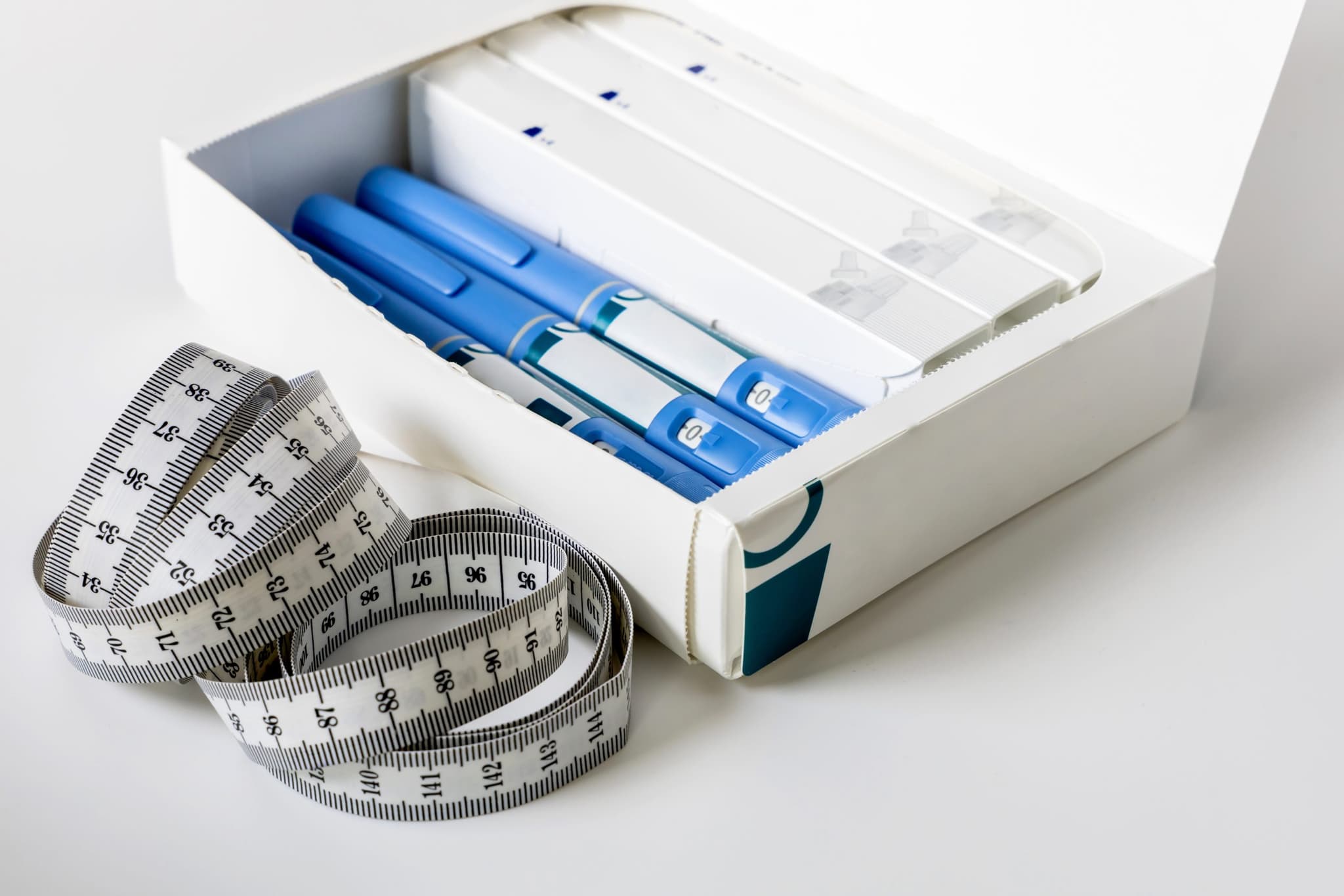
2025-08-12T11:38:49
Health Benefits of Fiber
- Family Medicine
- Gastroenterology
- Internal Medicine
- Weight Management
November 3, 2017 | Weight Management • Wellness Institute

Smart goal setting can make all the difference when trying to accomplish your weight loss goals, and it can help keep you motivated as you improve your lifestyle. Here are some tips for setting proper goals when starting your weight loss journey.
Goals can either focus on the outcomes or the process. An outcome goal might be a weight loss target you want to hit, while a process goal focuses more specifically on the things you need to do to achieve a given outcome.
In general, people focused on weight loss should primarily use process goals. These help you focus on changing your behaviors and underlying habits that contribute to weight gain.
SMART Goals
One good goal-oriented strategy is the SMART checklist:
•Specific: A good goal involves specific details. Instead of making a goal to exercise more, make a more specific goal to walk a certain distance or lift a certain amount of weight. Be as specific as you can.
It can be good to have both long-term and short-term goals in your weight loss efforts, but for some people, long-term goals can seem difficult or too far into the future. In these cases, consider splitting long-term goals into a series of smaller, short-term goals. As you get into a good routine with these goals, you can add bits and pieces to them to ramp up your process.
Setbacks are natural during weight loss or other goals for change. Instead of being surprised by these or allowing them to derail your whole program, expect potential setbacks and create a plan for dealing with them. Be willing to alter your goals based on progress and setbacks, and don’t be afraid to extend your goals to be more aggressive if you’ve achieved smaller ones.
For more help with setting and sticking to weight loss goals, speak to your doctor or nutritionist.
Sources:
“Weight-loss goals: Set yourself up for success.” The Mayo Clinic. http://www.mayoclinic.org/healthy-lifestyle/weight-loss/in-depth/weight-loss/art-20048224?pg=1
“Is Your Weight Loss Goal Realistic?” WebMD. http://www.webmd.com/diet/obesity/features/is-your-weight-loss-goal-realistic#1
WRITTEN BY:
The Live Better Team

2025-08-12T11:38:49

2024-11-11T15:27:56

2024-03-22T08:45:28

2022-12-20T17:04:49
This information is not intended to replace the advice of a medical professional. You should always consult your doctor before making decisions about your health.